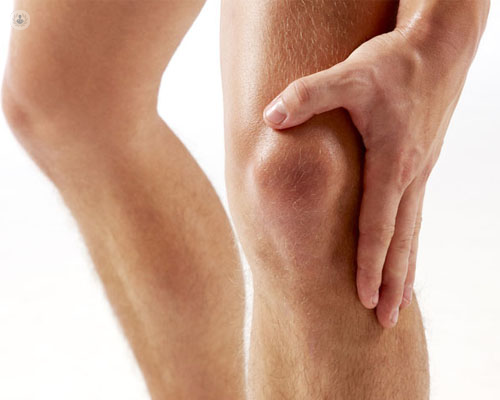

What is the lateral collateral ligament?
The lateral collateral ligament (LCL) is one of the four major ligaments that support the knee joint. Joining the femur with the tibia, it goes from the top of the tibia to the lower section of the femur. Its function is to allow lateral mobility of the knee joint and keep the outer side of the joint stable.
The most frequent injuries (tear and sprain) occur because of pressure or an injury that pushes the knee joint from the inside, which causes tension on the outside.

What are the symptoms of lateral collateral ligament problems?
The symptoms of a lateral collateral ligament injury are:
- swelling of the knee
- blocking of the knee with movement
- pain or tenderness on the external face of the knee
- looseness in the knee
it feels as if it would loosen when it is being used
What are the causes of lateral collateral ligament problems?
An injury to the lateral collateral ligament can occur in the following situations:
- a blow to the inside of the knee
- a blow to the shin when the knee is bent
- when placing the foot on the ground to push oneself
What is the treatment for lateral collateral ligament problems?
If your lateral collateral ligament is injured you should apply ice to the area, in addition to anti-inflammatory drugs, raising the knee and avoiding physical activity until the pain and swelling subside.
The treatment for the injury depends on the damage caused and its severity:
- Moderate injury: physiotherapy is the usual treatment. It consists of completing a program of rehabilitation exercises to strengthen the knee and stretch the muscles. Sometimes a splint can be used to hold the knee during the exercises, especially if the injury has been severe.
- More severe injury: if the knee remains unstable after treatment with physiotherapy, if the patient does a lot of sport or if more than one tissue or ligament of the knee has been damaged, the recommended treatment is knee surgery.
